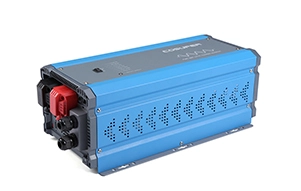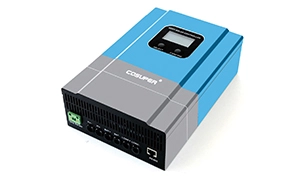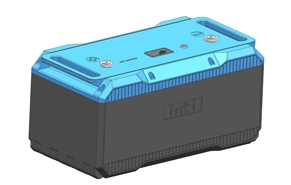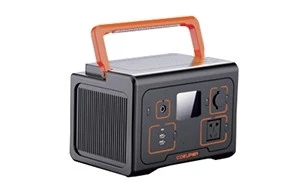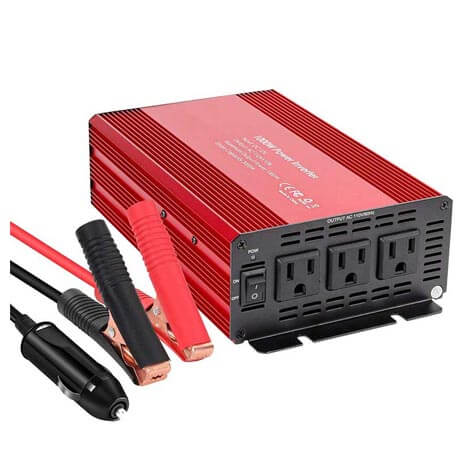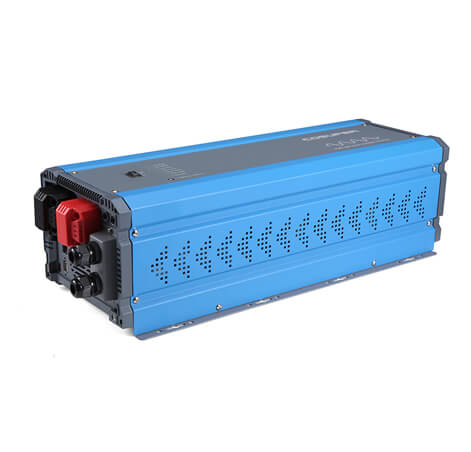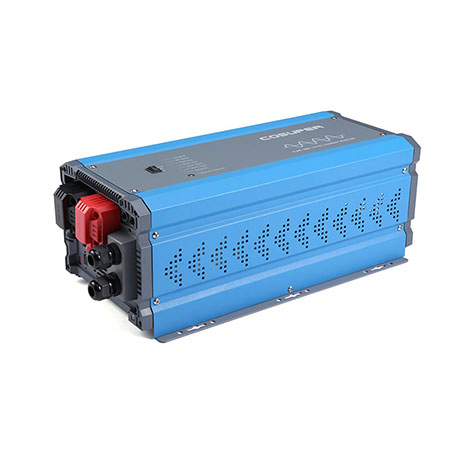Photovoltaic off-grid inverters are key components of off-grid photovoltaic power plants or power sources. They not only consider the efficiency and other performance of the photovoltaic power source itself, but also the efficiency and reliable operation of the entire system composed of the power source and load.
Stability of the output voltage of the off-grid inverter
The off grid inverter converts the energy stored in the battery into 220V or 380V alternating current. However, the output voltage of the battery usually varies greatly due to its own charging and discharging. For example, for a nominal 12V battery, its voltage can fluctuate between 10.8V and 14.4V.
Distortion of the output voltage waveform of the off-grid inverter
Common off-grid inverters include square wave, modified sine wave, or pure sine wave inverters. Square wave inverters are widely used due to their simple circuitry, low price, and high efficiency. They are suitable for simple resistive loads such as ordinary light bulbs, various energy-saving lamps with switch frequency conversion circuits, electric heaters, electric kettles, irons, computers, and mobile phone chargers. However, square wave inverters have severe waveform distortion and contain a large amount of high-order harmonics. When capacitive or inductive loads are connected to the circuit, the high-order harmonic current outputted by the inverter will generate additional losses such as eddy currents on the inductive load, causing severe heat generation in the load components, severely affecting the system's operating efficiency, and even causing damage to electrical equipment.
Generally, a pure sine wave inverter should be chosen for a general off-grid photovoltaic power plant. Although it is more expensive, it has good versatility and can meet the normal operation of various loads.
Stability of the output frequency of the off-grid inverter
The operating frequency of the power grid is generally 50Hz. For inductive loads including motors and loads with high frequency requirements such as washing machines, refrigerators, and electronic clocks, both too high or too low frequency will cause equipment heating and reduce the system's operating efficiency and service life. Therefore, the output frequency of the inverter should be relatively stable.
Surge capability of the off-grid inverter
The surge capability of the inverter, also known as overload capacity, is required in many practical applications where loads require large current or power during startup, such as various motors, refrigerators, air conditioners, washing machines, and water pumps. Early TVs also require a large current during startup due to the internal demagnetization coil. If the inverter does not have this surge capability, it may cause the inverter to trip. The inverter should have sufficient margin to ensure reliable startup of the load.
Power factor of the off-grid inverter load
The power factor of the inverter when carrying inductive or capacitive loads is usually 0.7 to 0.9 for sine wave inverters. If the power factor of the inverter is low, not only a significantly larger inverter than the load capacity needs to be selected, but also the reactive current in the AC circuit will increase, leading to increased system losses and decreased system efficiency.
Efficiency of the off-grid inverter
The efficiency of the inverter refers to the ratio of the output power to the input power under specified working conditions. Typically, the efficiency of photovoltaic off-grid inverters refers to the efficiency measured under the condition of connecting 80% resistive load.

 English
English 